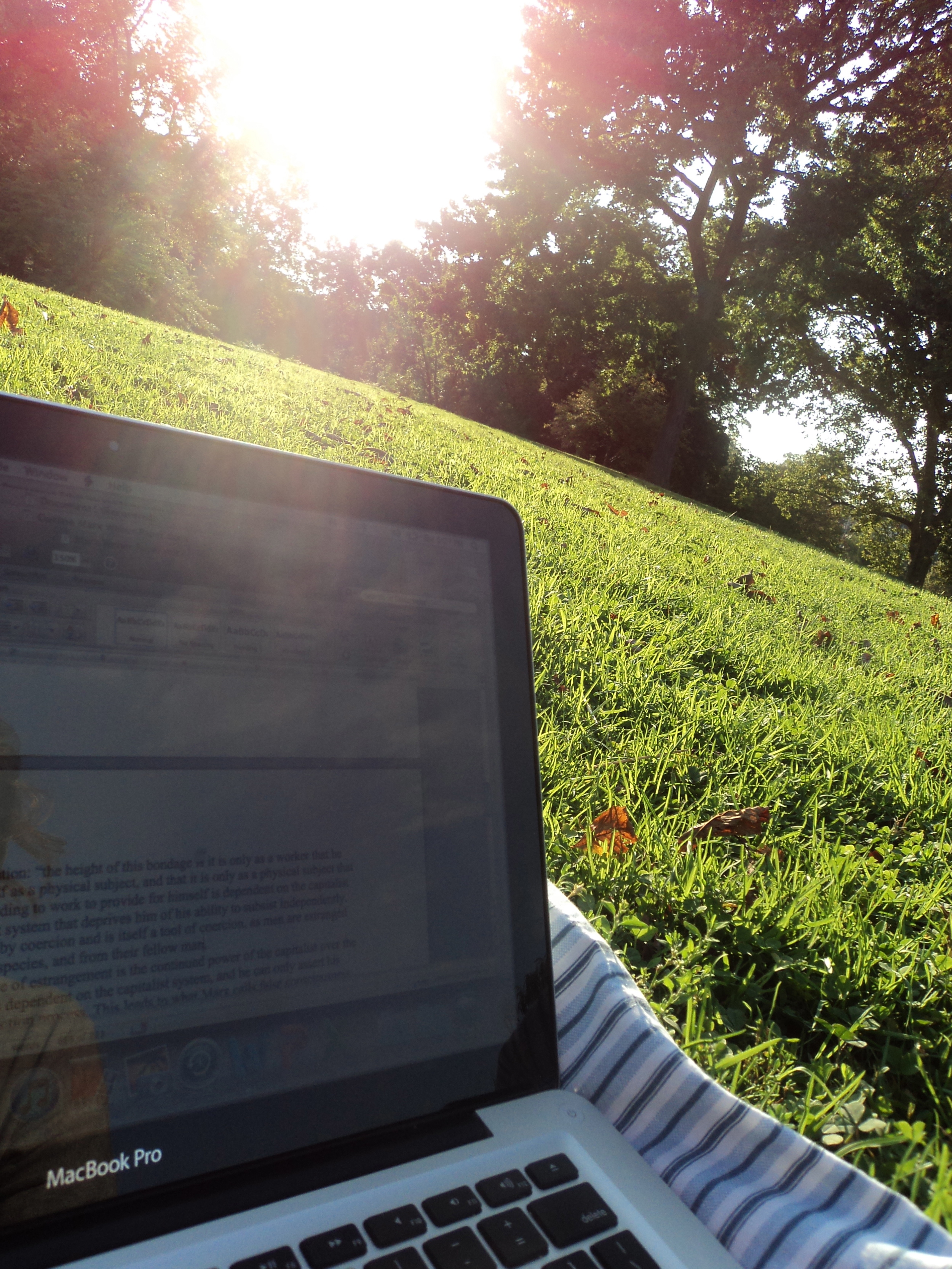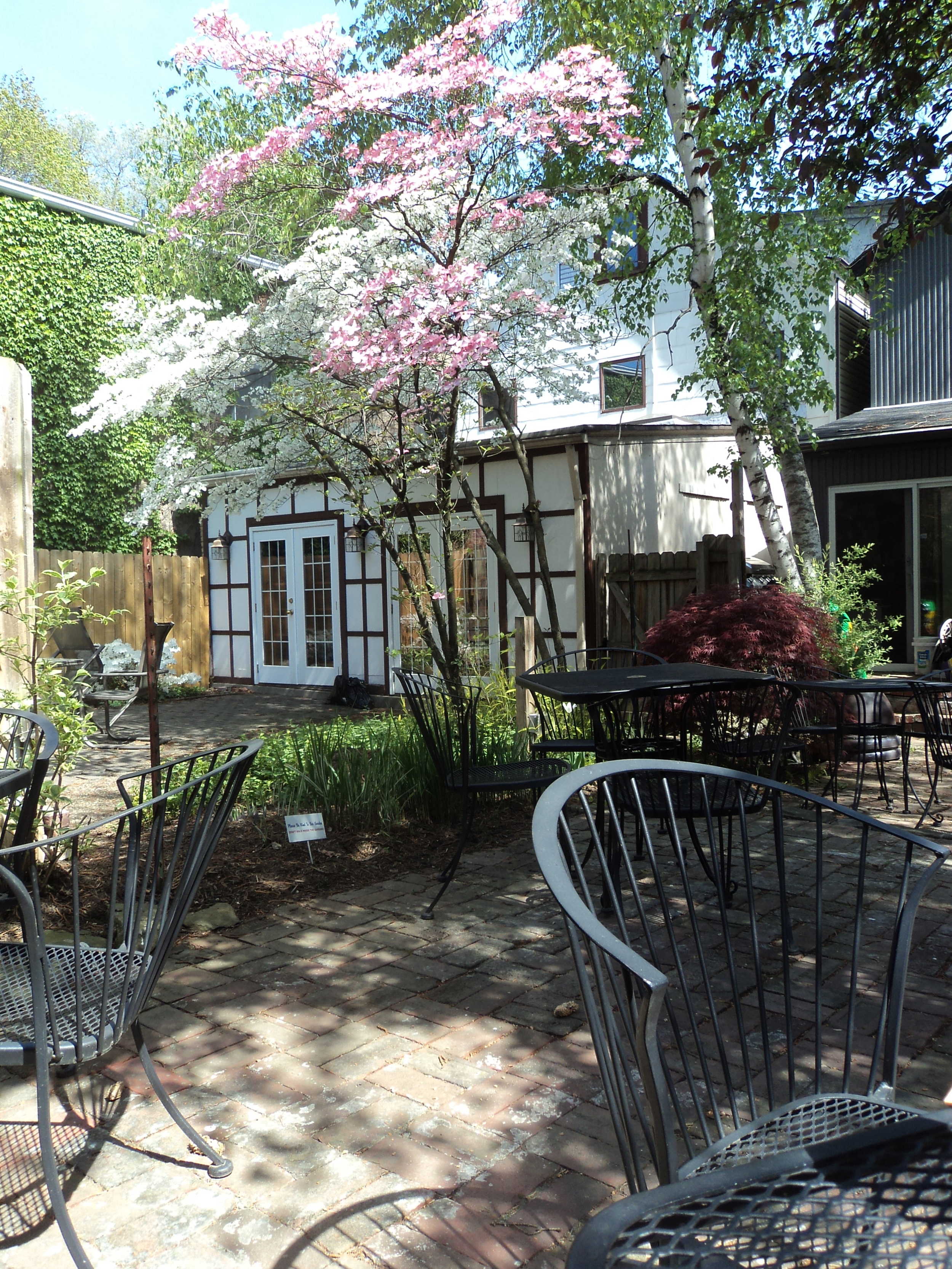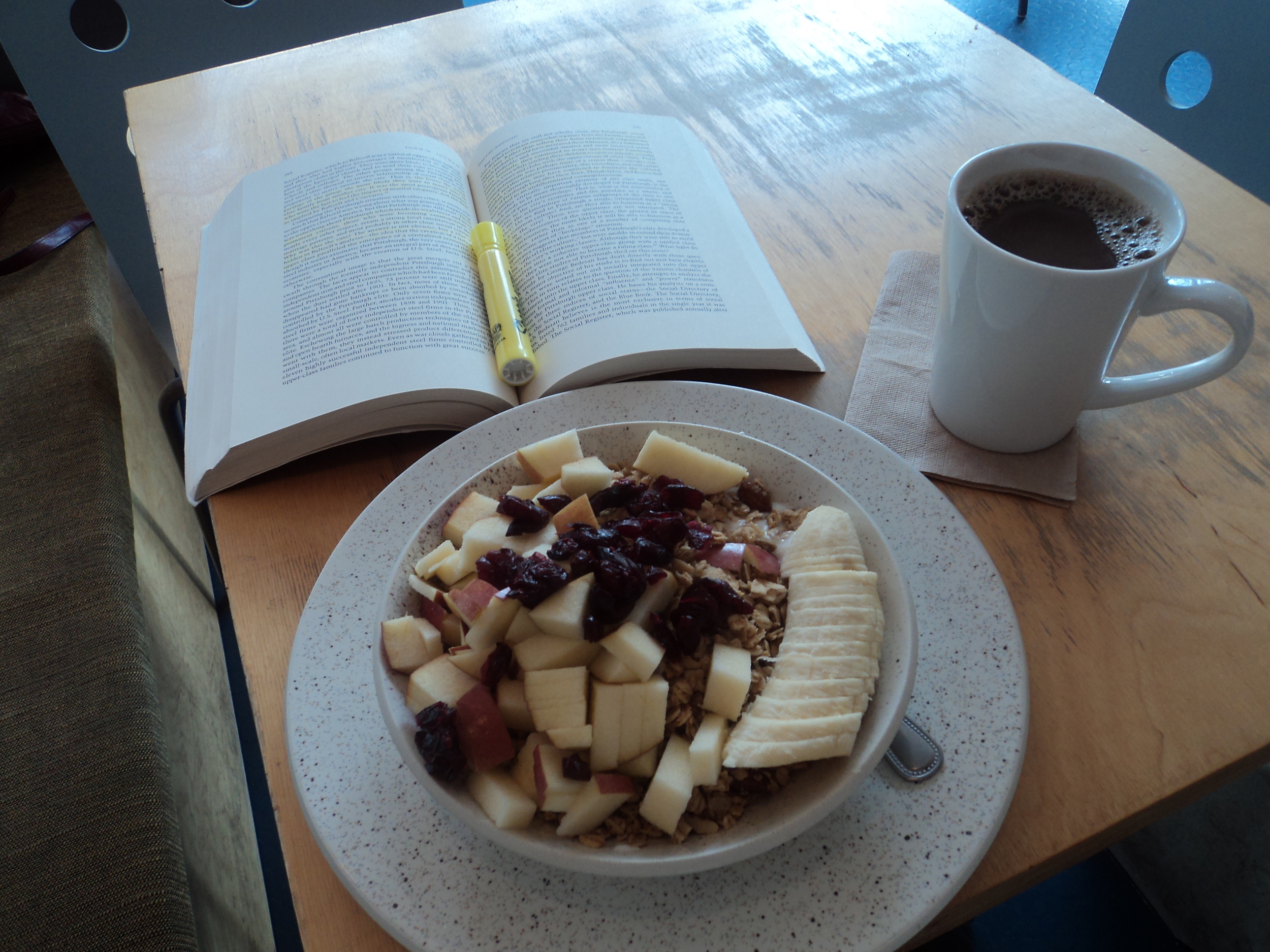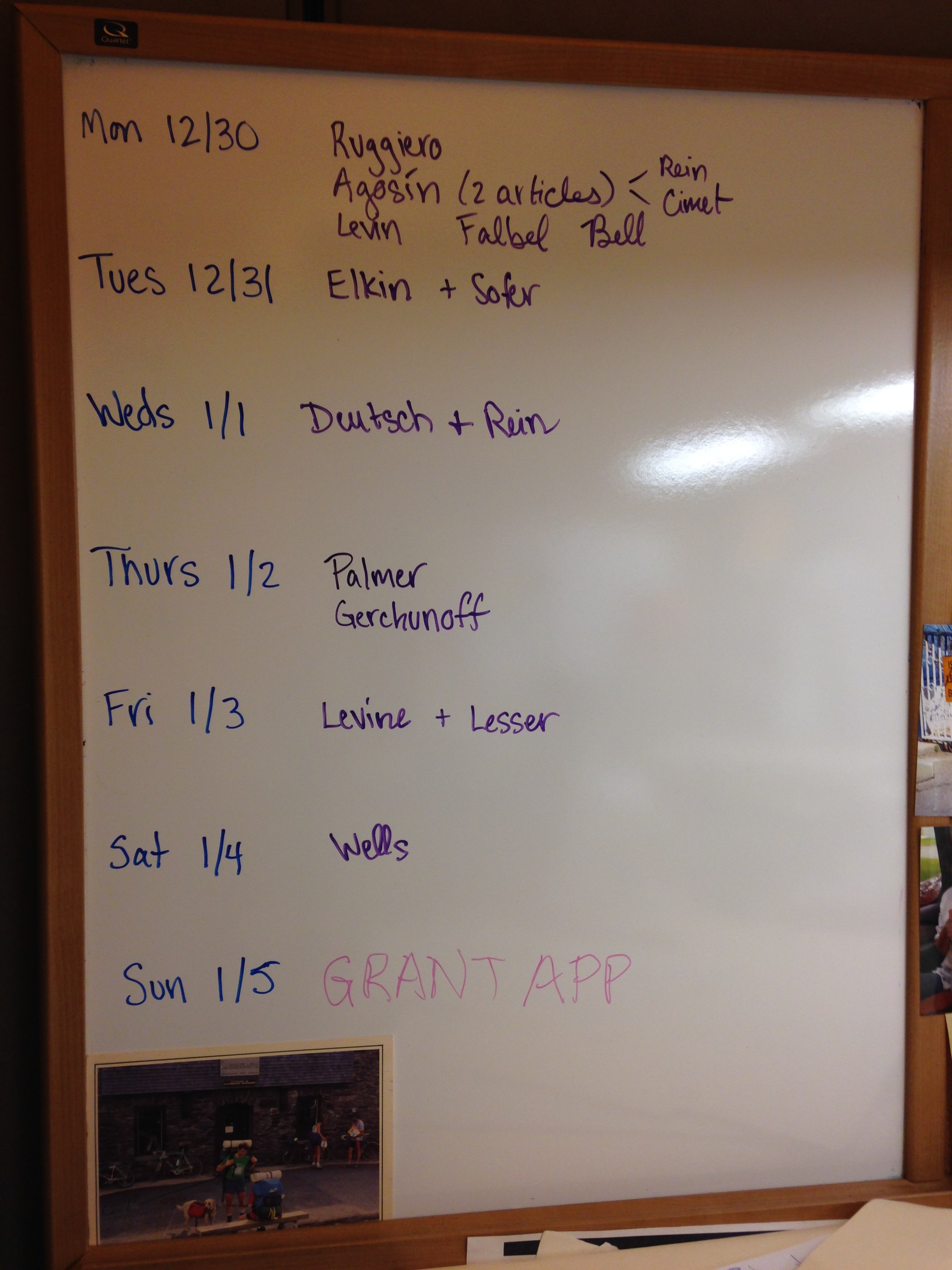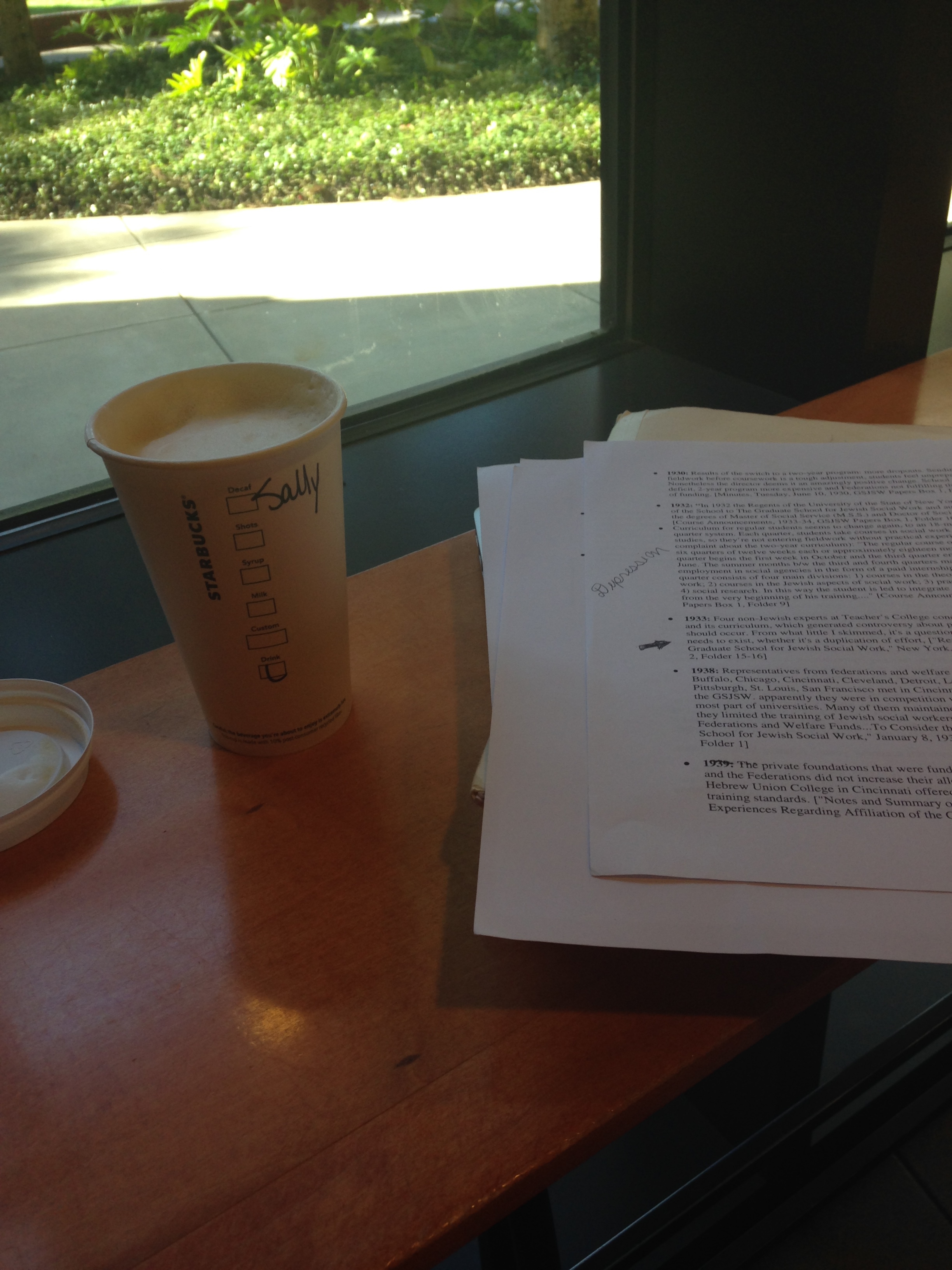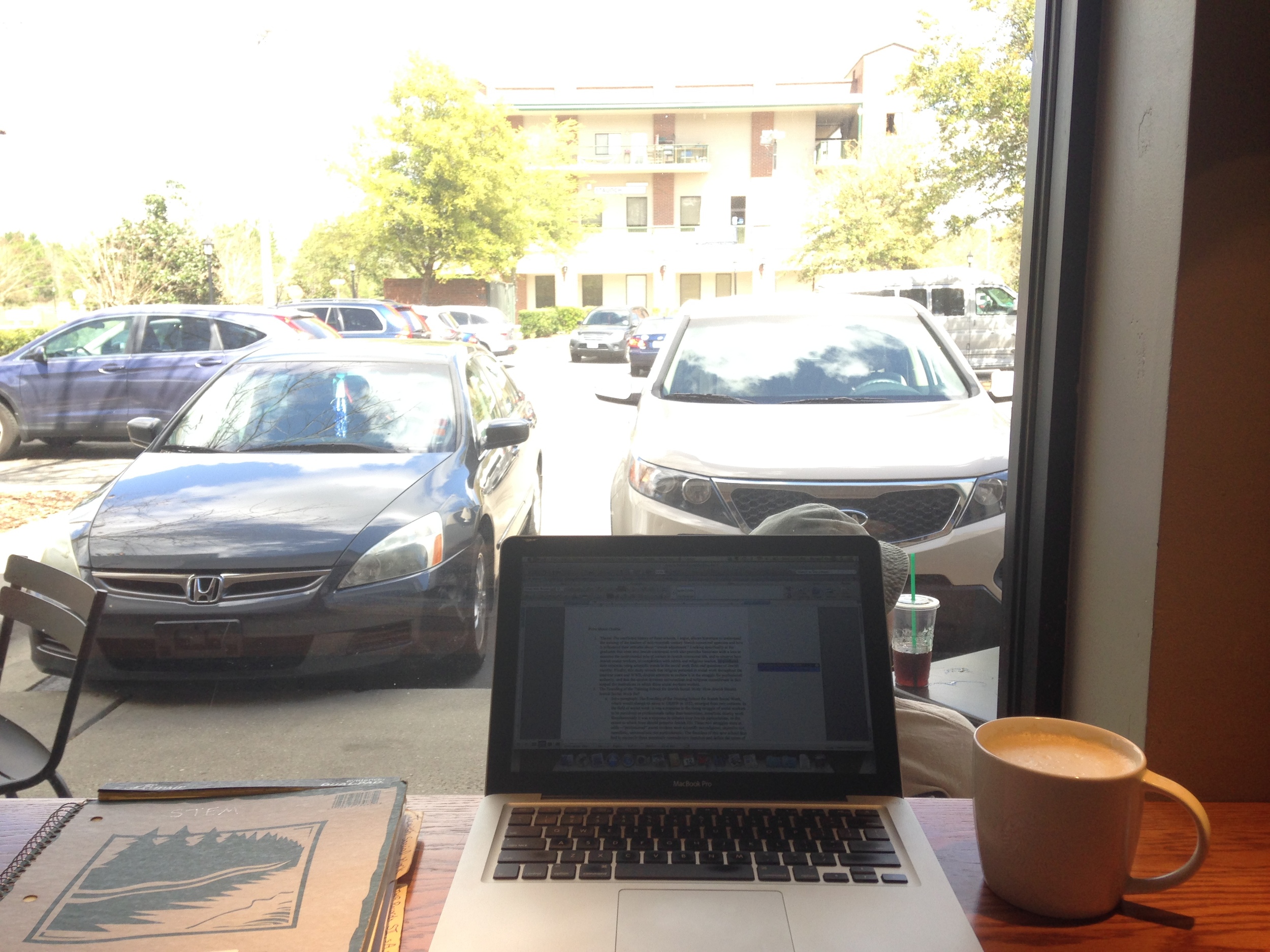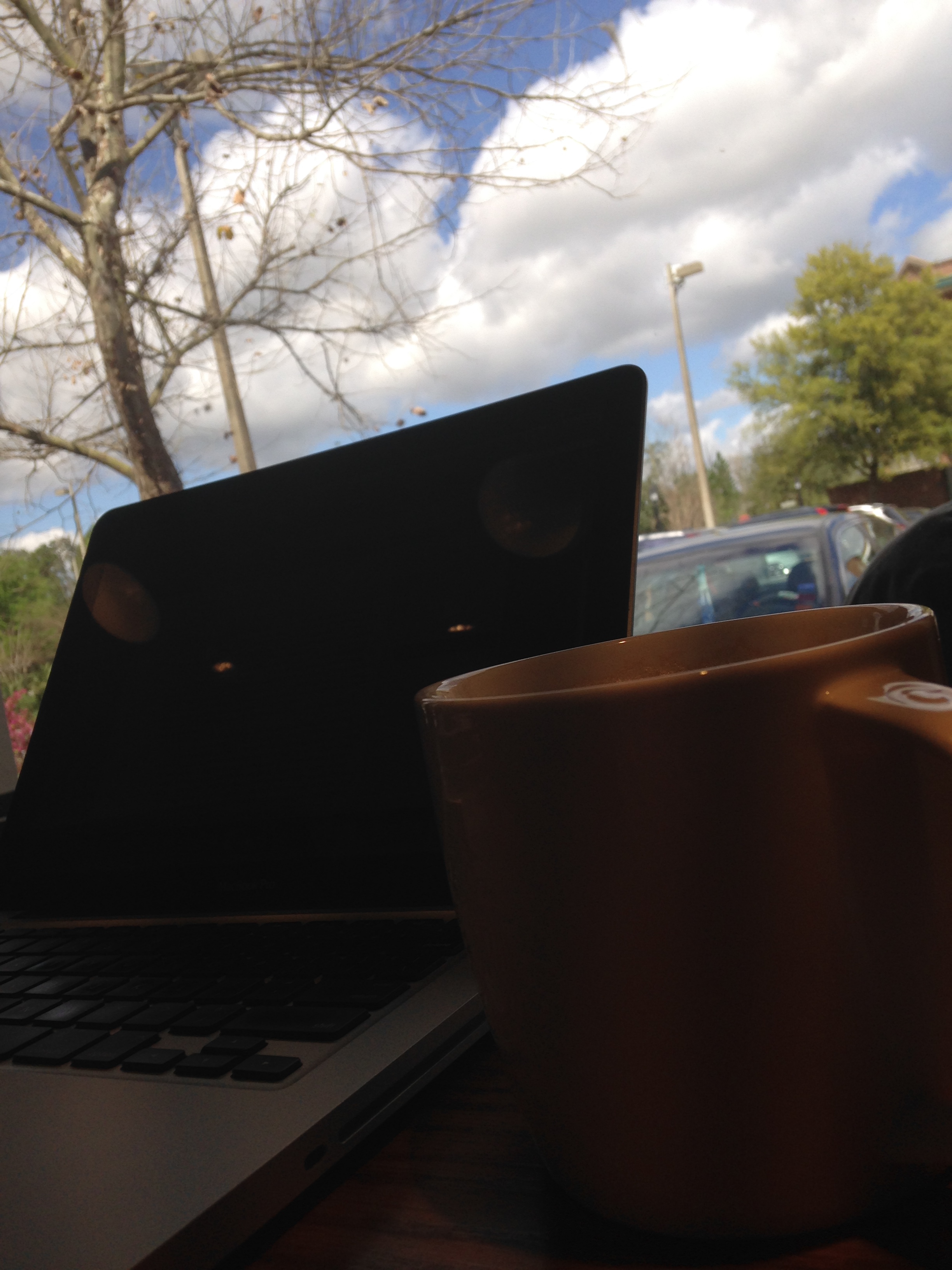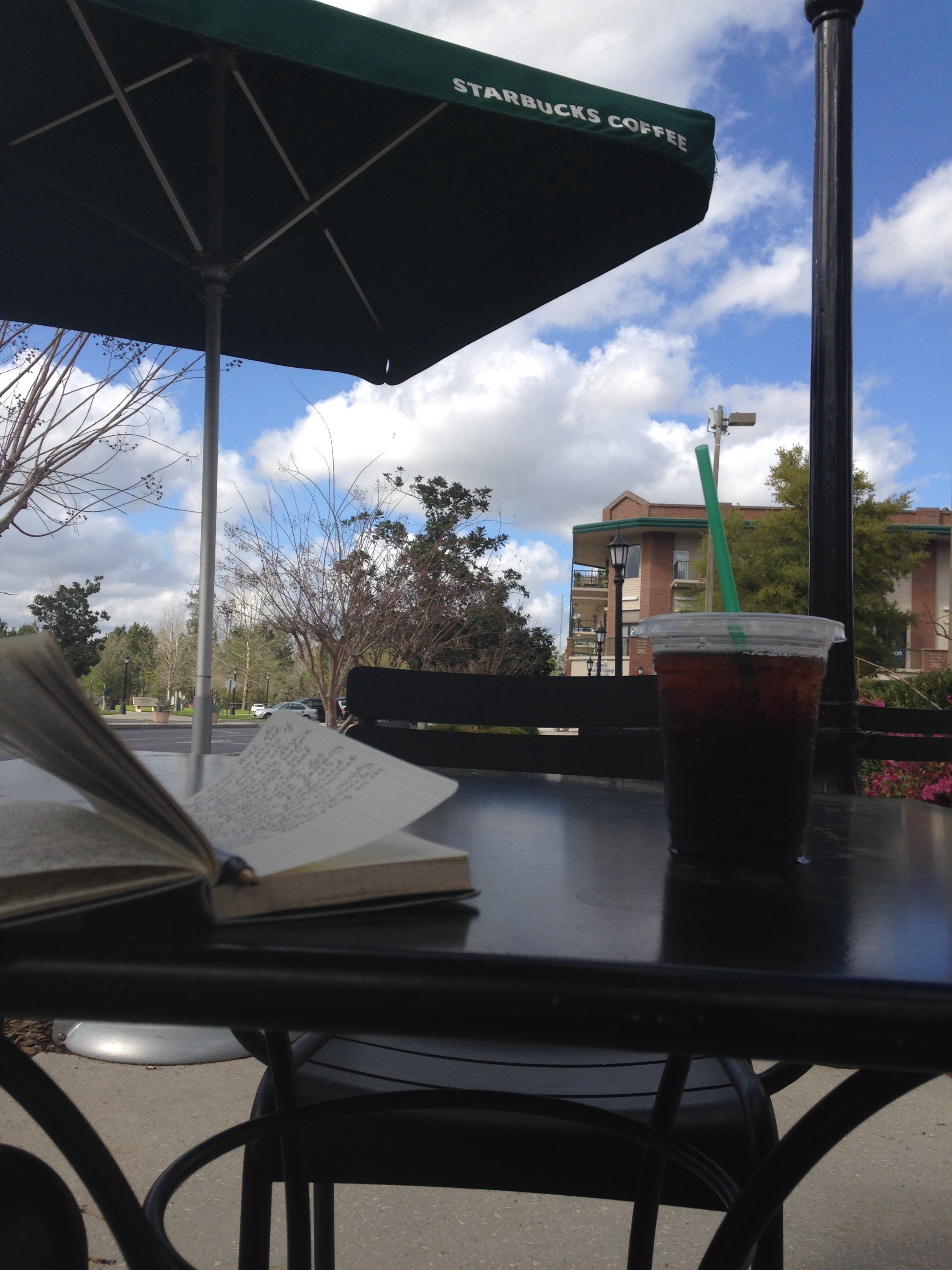I began writing this post in June, but lost steam as soon as I began my internship. While it's no longer timely, I still feel that this article is worth highlighting and hope my comments on it inspire those of you who missed it the first go-round to give it a read. I've chosen not to provide a summary of Coates' story and argument, and recommend that you look at my post after reading the article.
In June, The Atlantic published a cover story by Ta-Nehisi Coates that garnered a lot of buzz. I want to recommend that you read it not only because it's a fabulous article--richly descriptive, informative, packed with history, and with a solid argument--but also because I think it does a pretty decent job of contextualizing my own research. In particular, the sixth section entitled "Making the Second Ghetto" introduces the very historiography into which my own project seeks to intervene.
The strength of Coates' article is how effectively it describes how racial discrimination has, since World War II, been incorporated into the structure of our society--our laws, policies, and practices concerning housing, employment, and mobility. This structural discrimination has perpetuated a wealth gap between black and white Americans. "The Case for Reparations" traces how American racial discrimination outlived the Civil War, Reconstruction, and the Civil Rights movement and continues to exist today in the form of discriminatory lending programs (especially around mortgages and housing), in unequal distribution of job training and placement programs, and in the insiduous claims of pathologically unfit black parents (particularly absent fathers and single mothers). Coates argues that until we recognize that racism continues to shape the opportunities and decisions made by black Americans, we cannot begin to close the wealth gap and mitigate persistent economic inequality.
In "Making the Second Ghetto," Coates supports his claims by referring to a historical work of the same name, which was published by Arnold Hirsch in 1983. This book is a foundational text in the scholarship on twentieth-century U.S. urban history and African American history. In brief, Hirsch argues that racist housing and redevelopment policies in postwar cities transformed segregated neighborhoods (the "first ghetto") into overcrowded, decrepit, and still segregated black "second ghettos." Although it is already 30 years old, historians are still debating its various merits--myself included! Why? Well, primarily because many of our contemporary social problems stem from the deindustrialization and disinvestment in American cities that occurred between the 1940s and 1970s, and if we want to understand the present it helps to examine these same issues in the past.
The Making of the Second Ghetto offered a new, snappy thesis to explain why these events unfolded--prompting a wave of studies that agreed or disagreed with Hirsch's "second ghetto" model. Hirsch changed the way historians thought about the relationship between black and white Americans in the twentieth century by reminding scholars that state policymakers made outsized contributions to the problem of segregated urban neighborhoods. Previously, historians believed that American ghettos were the inevitable result of racism and discrimination. Hirsch challenged the assumption that the "inner city" ghetto was an inevitability, and repeatedly emphasized that the consolidation of the "first ghetto" into the "second ghetto" could have been avoided, had white business interests and white homeowners not parlayed their power into legislative action and housing policies that transformed extant ghettos into even more isolated (and isolating) neighborhoods. Hirsch wrote the following in the introduction to the book:
"Indeed, the real tragedy surrounding the emergence of the modern ghetto is not that it has been inherited but that it has been periodically renewed and strengthened. Fresh decisions, not the mere acquiescence to old ones, reinforced and shaped the contemporary black metropolis”{C}
What historians later knocked Hirsch for, however, was that all of the "fresh decisions" that he focused on in Making the Second Ghetto were made by white elites and not by black residents of the "second ghetto". Much of the research since 1985, and particularly in the twenty-first century, has focused on the black grassroots activism in formal politics during this "urban crisis" of the 1960s and 1970s. The strength of "The Case for Reparations," in fact, is its focus on the activist response of the Contract Buyers League to abusive practices by white real estate speculators. Coates highlights how these aspiring homeowners organized themselves--eventually forming a group as large as 500--to shame contract sellers for their exploitation and to file lawsuits seeking repayment of funds that contract sellers extorted from these vulnerable buyers. Rather than passively acquiescing to structural racism, black urbanites reacted in a variety of ways to challenge exploitation.
This is where my research picks up. My dissertation does not look at arguments for reparation, nor am I particularly concerned with debating against Hirsch--plenty of more advanced scholars have done a superb job of clarifying and elaborating on his theory. Rather, I am interested in grassroots activism as a response to these transformations of the postwar city (the Urban Crisis and consolidation of the "second ghetto"). Specifically, I'm curious about how urban citizens used Jewish Community Centers (JCCs) during the 1960s and '70s as sites of activism. Consequently, how did this activism reshape the JCC? My research examines how non-white (black and Latino) residents of formerly Jewish neighborhoods like Washington Heights or the Lower East Side or the Central Bronx regarded Jewish Community Centers--a space that offered them social services and recreational space but did not claim to be for them. Likewise, the dissertation studies how the Jewish residents remaining in these communities used the JCC as a place to organize to "improve" the neighborhood--whether "improvement" was a euphemism for segregation or meant accepting diversity and advocating for the inclusion of non-Jewish membership.
